Your yard is either bird heaven—or bird ghost town.
Some spaces pull in flocks like a backyard concert. Others? Not even a sparrow stops by for a crumb.
Birds are picky. They don’t just land anywhere. They’re scanning the skies for perfect perches, snack stations, and safe hideouts. Miss a few key ingredients, and your yard gets skipped like a dull radio song.
But get it right—and your mornings will be filled with flutters, chirps, and beaks in the birdbath.
Ready to find out what turns your patch of grass into the neighborhood hot spot for wings and feathers? Let’s see what makes birds swoop in—or fly straight past.
Abundant Feeders
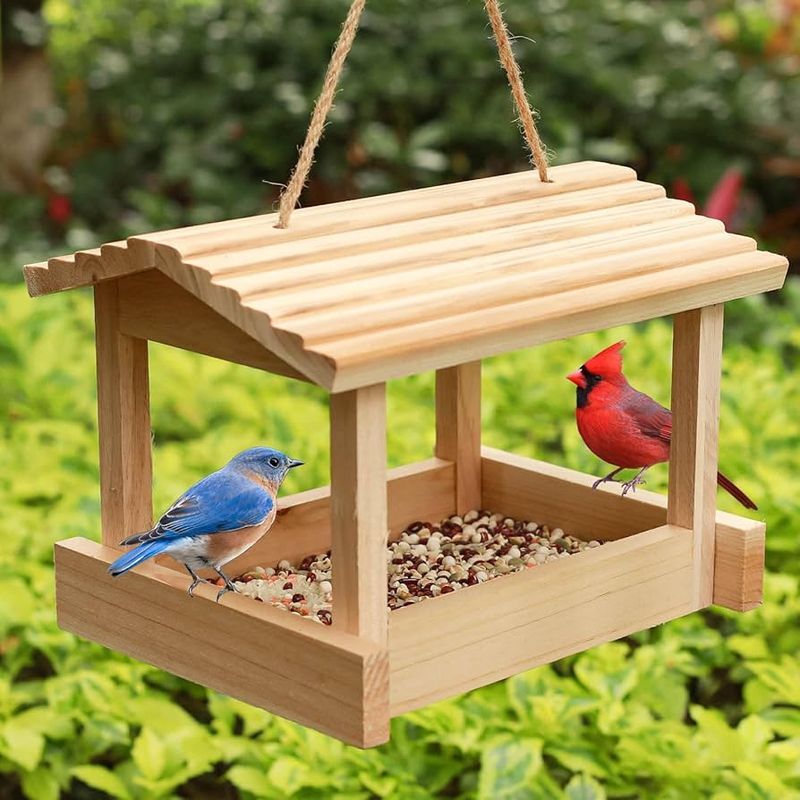
A garden brimming with diverse feeders acts like a bustling restaurant for birds. Imagine a place where sparrows nibble seeds while finches feast on nuts. Providing a variety of feeders ensures no bird is left hungry. Whether it’s tube feeders for small seeds or platform feeders for larger birds, each type attracts specific guests.
Birds love choices and offering them a menu can increase visits. Consider adding suet feeders in winter for extra energy. A well-stocked yard is a favorite destination in the avian world.
Remember, clean feeders regularly to prevent disease spread.
Fresh Water Sources
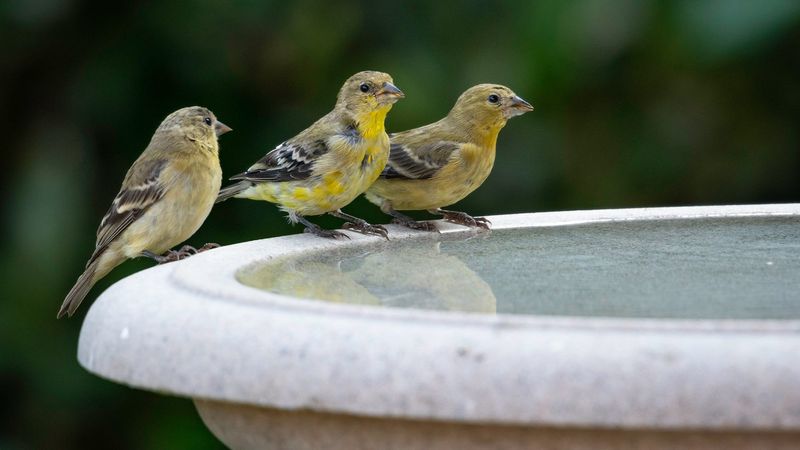
Water is essential, and a fresh source will turn your yard into a paradise. Picture birds splashing joyfully in a bird bath, or sipping gently from a fountain. Offering water, especially in dry seasons, is a surefire way to entice avian friends.
Consider adding a mister or dripper to mimic natural water sounds, which can attract more birds. Keep the water clean to ensure it’s inviting and healthy.
Birds often prioritize water even over food. A consistent water supply can make your yard a regular stop.
Native Plant Life
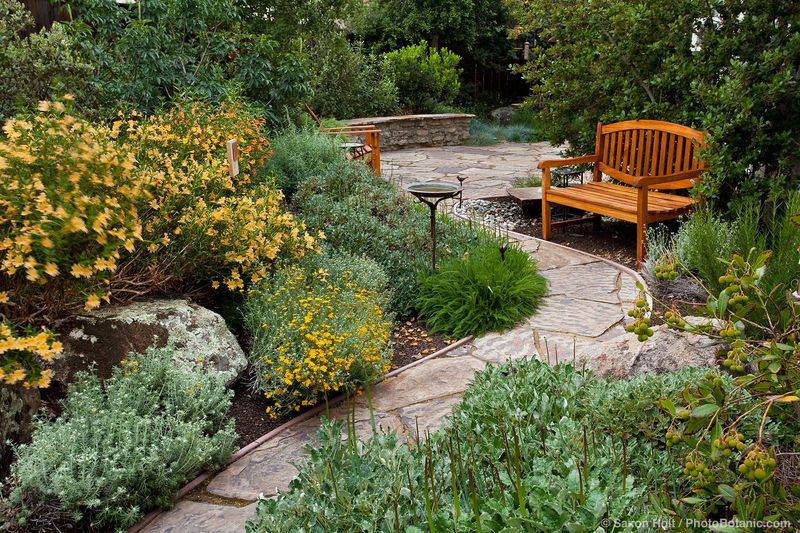
Native plants play a pivotal role in attracting birds by providing natural food sources and shelter. Visualize a garden where local flowers bloom, offering nectar to hummingbirds and seeds to songbirds.
By choosing plants that thrive in your region, you support the local ecosystem and create a sustainable habitat. Native plants often require less maintenance, making them a gardener’s delight.
These plants can also attract insects, which serve as food for many bird species. A yard full of native flora is a bird’s haven.
Safe Nesting Spots
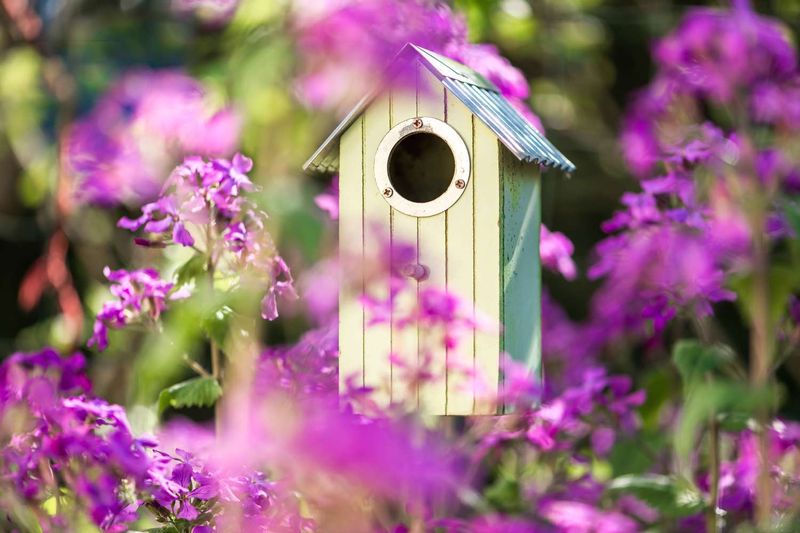
Safety is paramount for birds, especially when nesting. Envision your yard as a sanctuary, offering birdhouses and natural nesting sites amidst dense foliage. These spots provide birds with privacy and protection from predators.
Different species have varied nesting requirements, so variety is key. Some prefer cavities, while others opt for open nests.
Ensuring these spots are safe from harsh weather and threats will encourage birds to settle. A secure yard can become a breeding hub for diverse bird families.
Diverse Food Sources

A plethora of food sources is like a buffet for birds. Imagine a garden where berries cling to bushes, seeds scatter across the ground, and insects buzz around. This diversity caters to different dietary preferences.
Birds are more likely to visit if they find a consistent food supply. Incorporate fruit-bearing shrubs, seed-producing flowers, and insect-attracting plants.
By catering to various tastes, your yard becomes a one-stop-shop for bird nutrition. A varied menu can significantly increase your yard’s appeal.
Minimal Human Disturbance
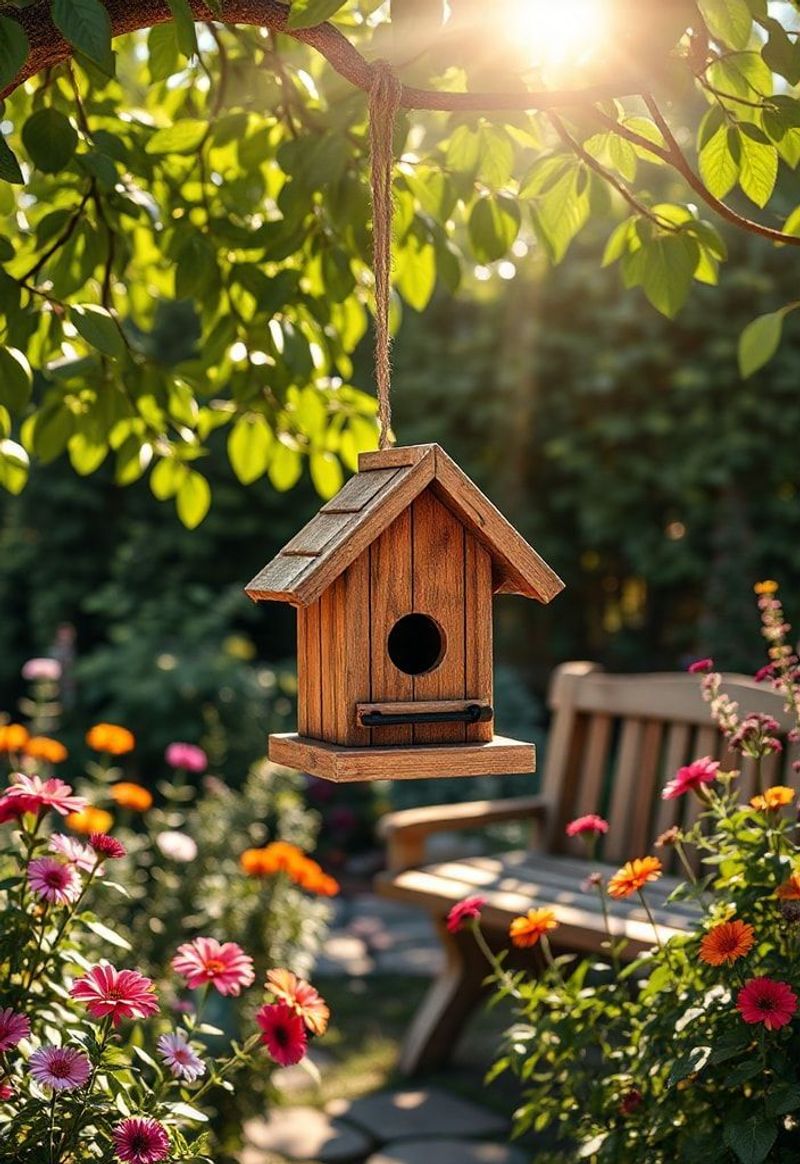
Birds thrive in tranquil environments where they aren’t constantly disturbed. Picture a yard with quiet corners and secluded areas where birds can relax without human interference.
Limiting disturbances, such as loud noises or constant activity, allows birds to feel secure. Consider scheduling garden activities during non-peak bird visiting times.
A peaceful yard invites birds to linger longer, making it a favorite resting spot. By minimizing disturbances, you create a more welcoming environment.
Proper Shelter
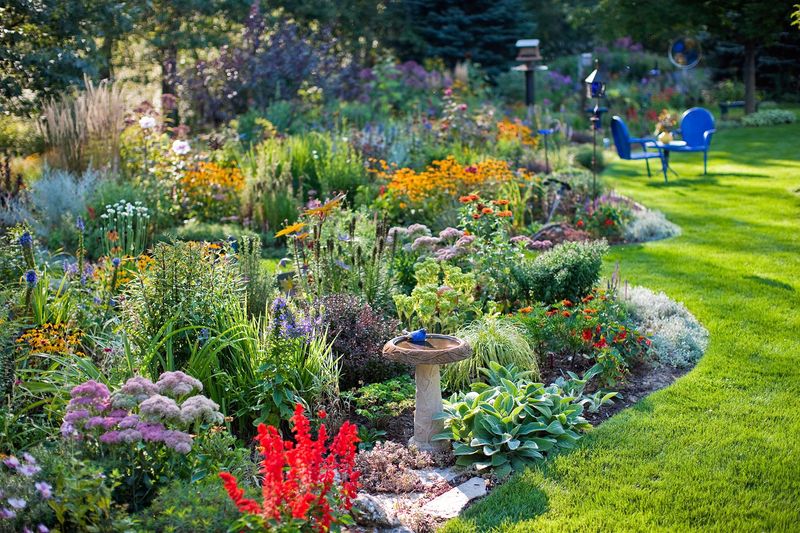
Shelter is a basic need, and dense vegetation offers the perfect hideout. Imagine birds flitting through thick shrubbery or resting under lush tree canopies. Such cover shields them from predators and harsh weather.
Offering a mix of evergreen and deciduous plants ensures year-round shelter. This variety supports both resident and migratory birds.
Dense plants not only provide safety but also nesting and roosting sites. A yard with ample cover becomes a sanctuary for weary birds.
Brightly Colored Flowers
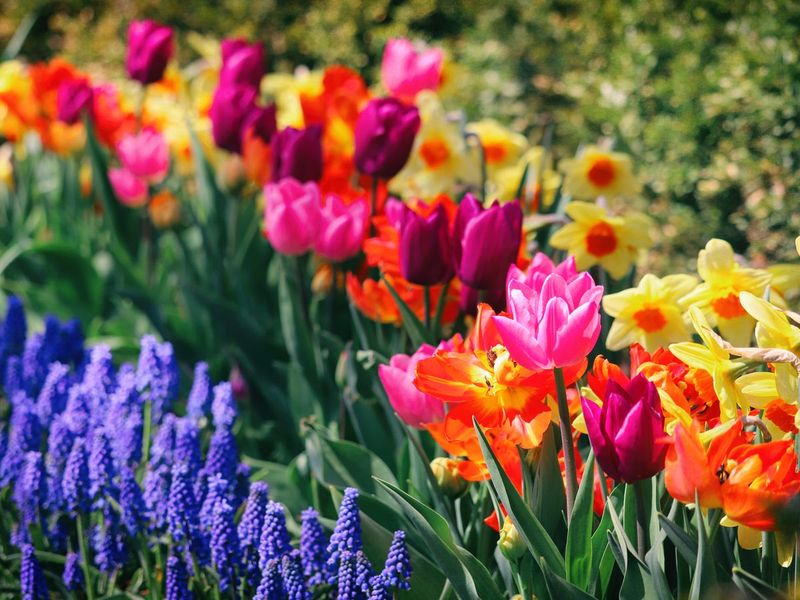
Bright blooms are nature’s magnets, drawing in birds like hummingbirds and orioles. Picture a garden bursting with reds, oranges, and yellows, each hue calling out to passing birds.
These flowers often provide nectar, a vital food source for many species. Including a range of colors can attract different birds, enhancing the garden’s diversity.
Besides food, colorful flowers add aesthetic appeal, making your yard a delight for both birds and humans. A garden alive with color is a birdwatcher’s dream.
No Chemical Pesticides

A pesticide-free garden is a haven for birds and the insects they feed on. Envision a thriving ecosystem where plants grow naturally, and birds feast on insects, unfettered by chemicals.
Many pesticides harm birds directly or reduce their food sources. Opt for natural pest control methods to maintain ecological balance.
Encouraging beneficial insects and using companion planting can keep pests at bay. A garden free of harmful chemicals supports healthier bird populations.
Variety of Perches
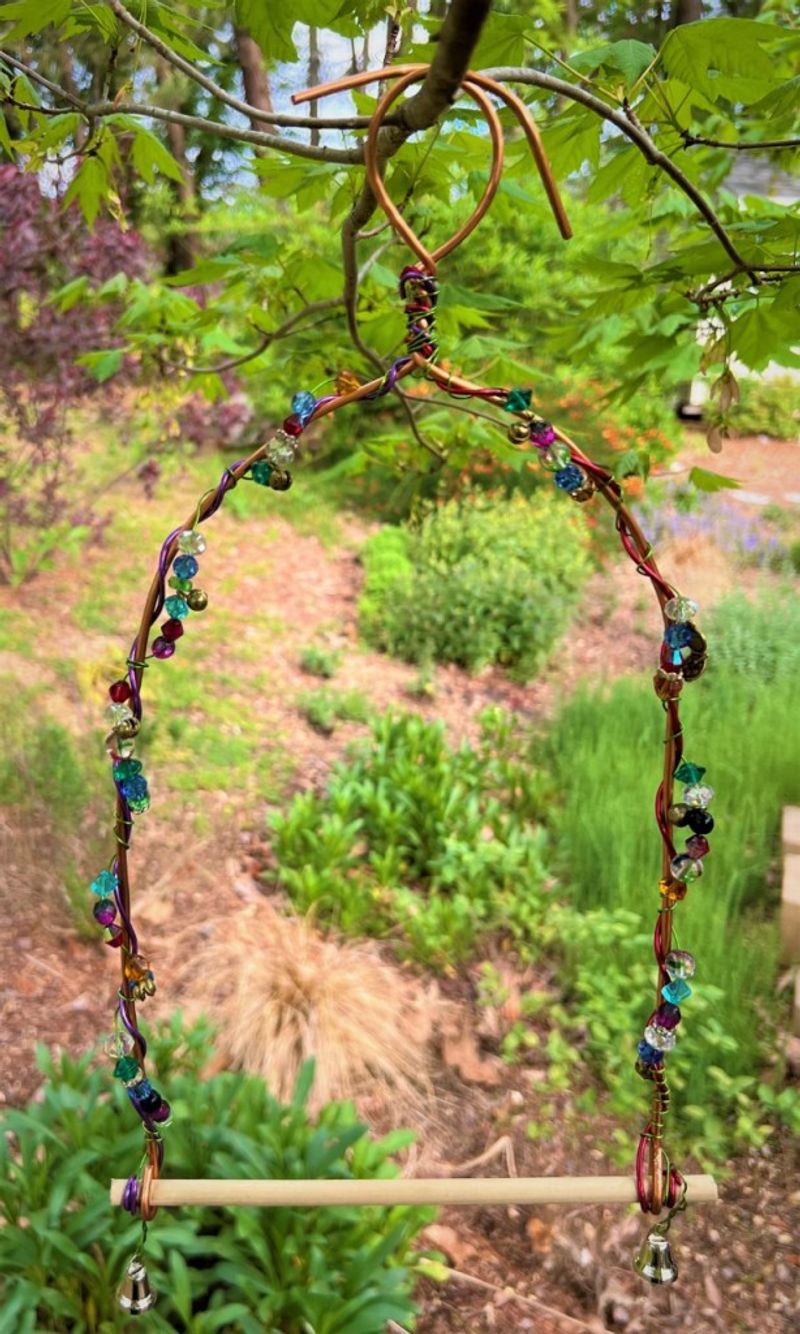
Perches are vital for birds to rest, preen, and observe their surroundings. Imagine a garden dotted with branches, fences, and specially designed perches, each offering a perfect vantage point.
Providing varied perches caters to different species and their habits. Some birds prefer open perches to spot predators, while others like sheltered spots.
By incorporating diverse perch types, you create a dynamic environment that attracts a wide range of birds. A garden rich in perching options is a bird’s paradise.
Seasonal Decorations

Seasonal decorations can add charm and function to a yard. Consider a garden adorned with pumpkins in fall or fresh greens in winter, each element offering intrigue for birds.
Bird-friendly ornaments provide shelter and perching opportunities. Seasonal changes in decor can also mimic natural cycles, attracting migratory birds.
These decorations not only enhance visual appeal but also offer resources. A creatively decorated garden becomes a lively haven throughout the year.
Bird-Friendly Landscaping
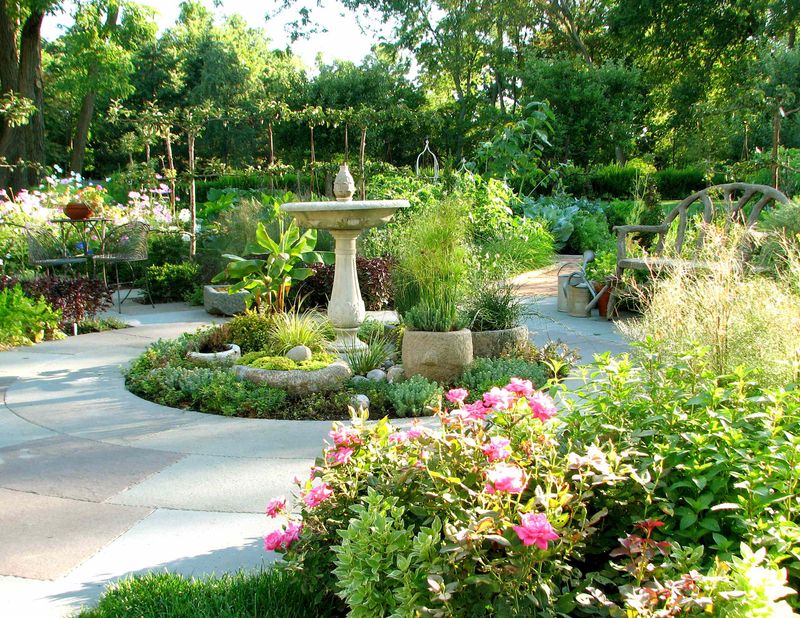
Strategic landscaping can transform a yard into a bird sanctuary. Picture tiered plantings that create layers of habitat, interspersed with water features and native plants.
This design offers food, shelter, and water, meeting all bird needs. Thoughtful landscaping maximizes space and resources, attracting diverse species.
Incorporate elements like rock gardens or small ponds to enhance appeal. A well-planned landscape invites birds and creates ecological harmony.
Fruit Trees and Shrubs

Fruit-bearing plants are a bird’s delight, offering sustenance and shelter. Visualize a yard with berry-laden bushes and fruit trees offering shade and food.
These plants serve dual purposes, providing nutrition while integrating into the garden’s aesthetic. Different fruits attract varied bird species, enhancing diversity.
Ensure a mix of early and late-bearing varieties for continuous food supply. A garden rich in fruits is a magnet for feathered visitors.
Nighttime Safety

Safety doesn’t end at dusk; nighttime is crucial for roosting birds. Envision a softly lit garden where birds find safe spots to spend the night.
Subtle outdoor lighting can deter predators without disturbing birds. Provide roosting areas away from bright lights.
Nighttime safety ensures that birds return daily, knowing they have a secure resting place. A garden that caters to nocturnal needs is invaluable to birds.
Insect-Friendly Practices
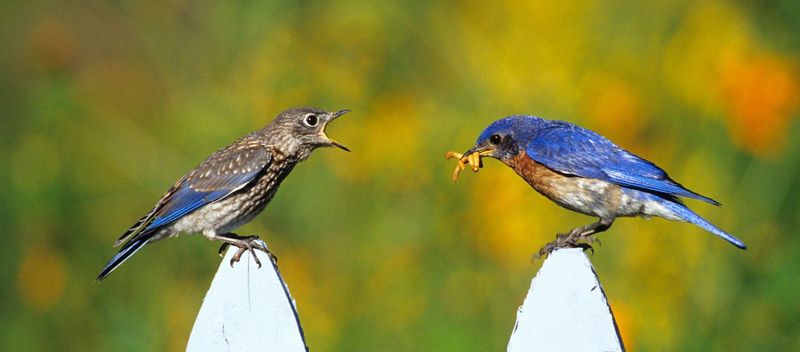
Insects are a cornerstone of many bird diets, making them crucial to a bird-friendly yard. Imagine a garden teeming with life, where insects buzz and birds feast.
Encourage beneficial insects by planting diverse species and avoiding chemicals. Insects also help pollinate plants, supporting the garden’s vitality.
By creating a bug-friendly environment, you enhance the appeal for insectivorous birds. A balanced ecosystem attracts a variety of avian species.
Wind Chimes’ Melodic Resonance

Imagine a soft breeze carrying the gentle notes of wind chimes across your yard. This soothing melody can attract birds, offering them a calm environment to explore. Such auditory cues not only comfort the birds but also signal a safe space free from predators.
Wind chimes can help mask disturbing noises from traffic or neighbors, enhancing the peace of the area. Opt for chimes made of natural materials like bamboo, which produce soft, mellow sounds that blend with nature.
A yard with harmonizing tunes becomes a haven, inviting birds to pause, relax, and maybe even stay awhile.

